30 Aug September 2020 Yellowbill
President’s Message
Greetings, FAS members and friends. I hope that all of you have had a productive summer, and are staying healthy and safe during these uncertain times. With the high temperatures, the smoke-filled air, and COVID-19 still spreading, there are many hazards to contend with these days. Please be vigilant out there!
FAS will be kicking off the 2020/2021 season with a general meeting via Zoom on September 8 at 7:00 PM. Dr. Tricia Van Laar and Dr. Joel Slade will be offering a presentation on the birds of the Fresno State campus (there are more there than you might think!), and the long term goals of their research projects. I hope that you are able to join us!
As many of you may be aware, FAS has cancelled the field trips that were planned for this fall. State regulations still prevent gatherings, even those outdoors. This is very disappointing, but it is necessary for now. FAS officers and board members will continue to revisit this topic to determine when we can restart field trips. In the meantime, please follow us on social media (Facebook and Instagram) for fun and educational content, such as our Birding by Ear series, photographs of local birds with informative captions, and information on local birding opportunities! Also, you can find places to bird on your own on our website here: https://fresnoaudubon.org/birding-maps, and below under the Field Trips section of this blog post.
To conclude this message on a positive note, I’d like to share with you a few pictures of some local birds. In order, they are an American Avocet, a Black-necked Stilt, and a Baird’s Sandpiper (a bird whose common name might change sometime in the future). All of these were taken at the Fresno-Clovis Regional Wastewater Treatment Facility, which is an excellent local birding destination that has amazing birds and allows ample space for social distancing!
Please take care of yourselves!
Rachel Clark
FAS President
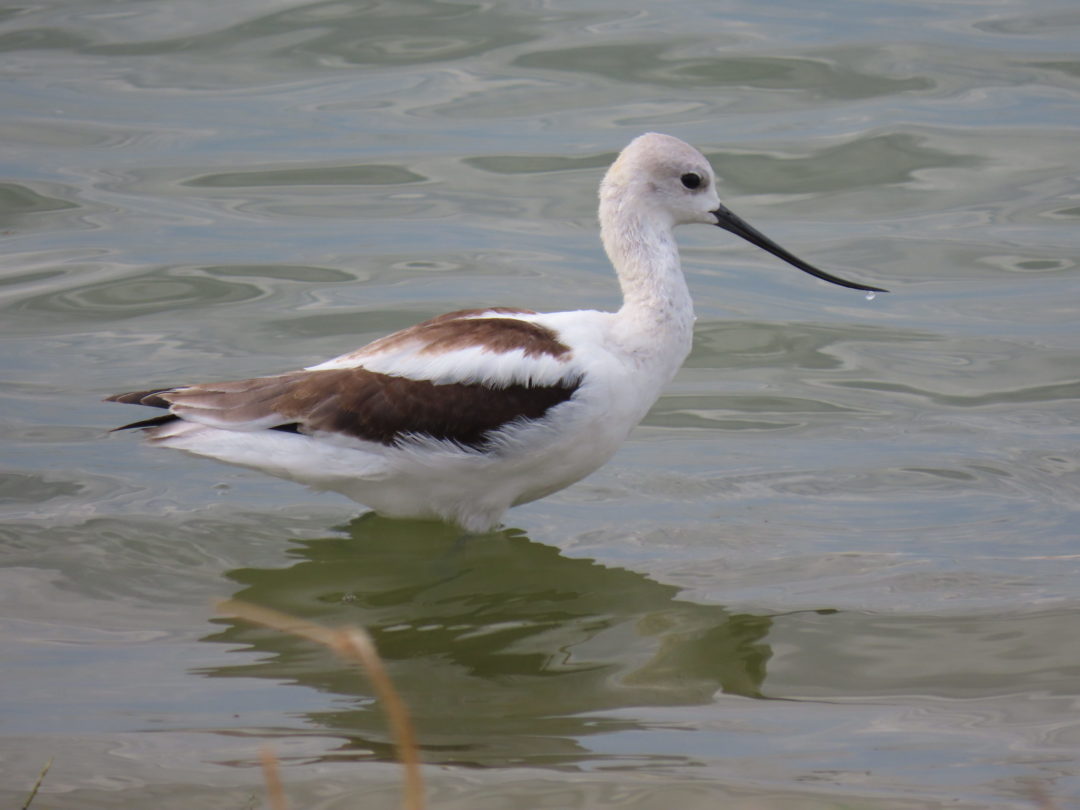
American Avocet by Rachel Clark
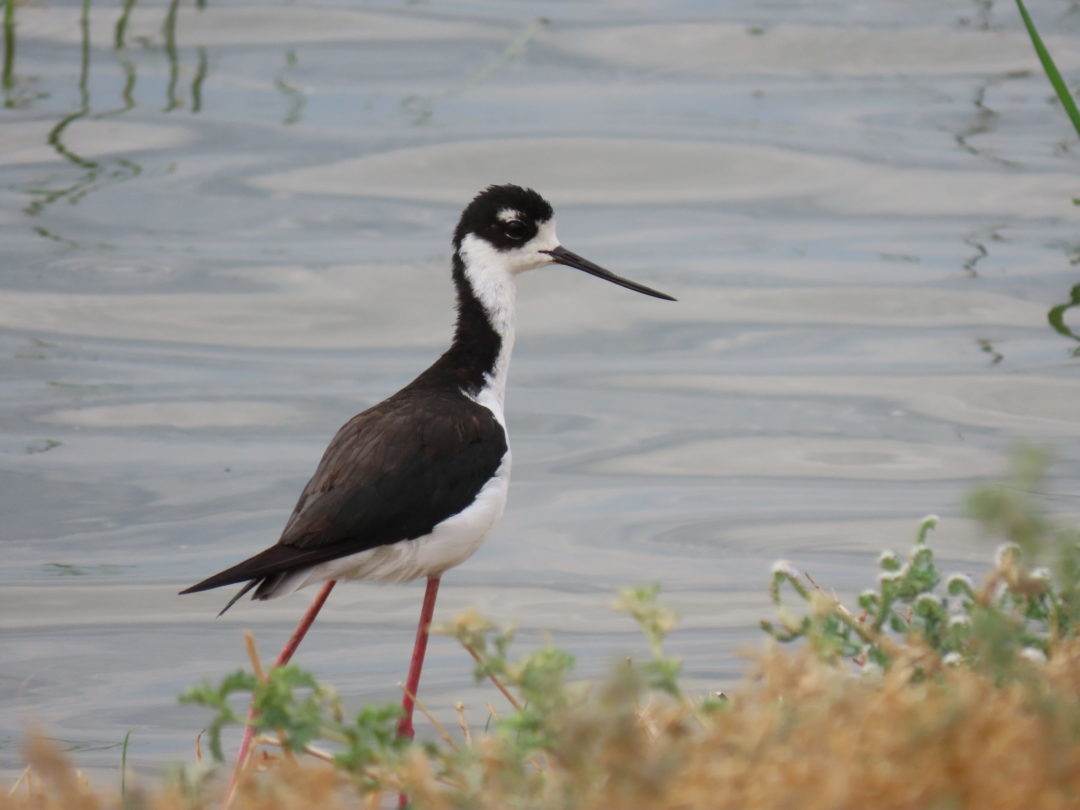
Black-necked Stilt by Rachel Clark
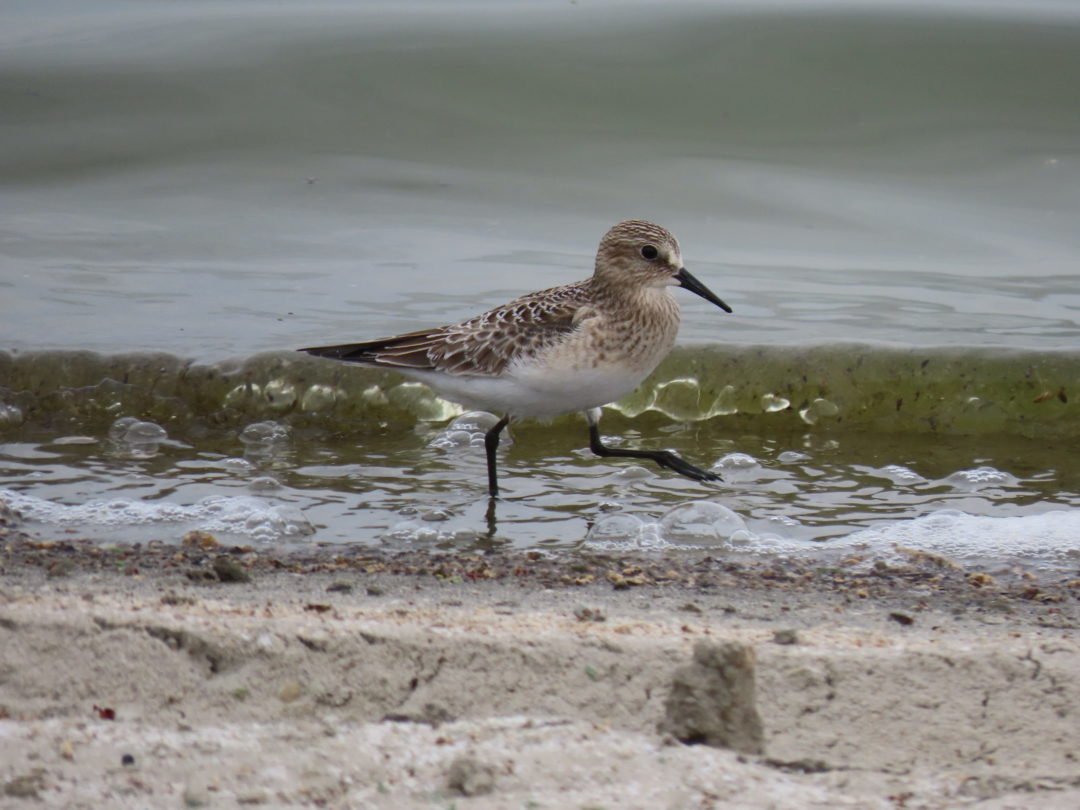
Baird’s Sandpiper by Rachel Clark
2019 Annual Report
Fresno Audubon Society (FAS) has prepared its first annual report to membership. You can read or download the report here. The report details FAS activities and the board of directors as well as income and expenses for 2019. If you have any comments or suggestions for the annual report, please send them to admin@fresnoaudubon.org.
Membership
Membership with Fresno Audubon Society is available for students, for individuals or for families. We also offer a lifetime membership. Your dues will help us pay for our meeting room rental, insurance for field trips and citizen science, communications and other costs of doing business. Please see our annual report for more information how we spend dues money.
Fresno Audubon society membership levels:
$15 Student
$25 Individual
$35 Family
$1000 Golden Eagle (Life)
Our membership year runs from 1 September to 31 August the following year. To join Fresno Audubon Society or to renew your membership, please visit our website here.
September General Meeting
Introduction to the Birds of Fresno State
Dr. Tricia Van Laar
Dr. Joel Slade
Tuesday, 8 September 2020
Zoom Virtual Meeting
Field Trips
All field trips are still on hold until the California Public Health Officer lifts the restriction against public gatherings. These restrictions were put in place on 19 March 2020 to help prevent the spread of COVID-19. You can read about them here. The board has decided to not restart gatherings as long as Fresno County continues to be a hotspot of COVID-19 infections.
While our organized trips are canceled, we would like to offer the following suggestions for birding on your own. Birding alone or with a household member is permitted as a means of exercise as long as a six-foot separation from others is maintained (see for example Fresno City Emergency Order 2020-13). Many public parks and other areas are now closed, but these areas below remain open. Be sure to follow any parking restrictions when birding these areas.
Places to bird during social distancing within a half hour drive of Fresno
Fresno County
Jensen River Ranch https://goo.gl/maps/qorJF8uGUHrNxgFj8
Riverbottom Park https://goo.gl/maps/sUsBGxJ8v31YFha48
River West https://goo.gl/maps/bNmBDPMiqrtKofJq9
Big Dry Creek Reservoir grasslands https://goo.gl/maps/dYJzn47CPGwaLrt58
Enterprise Canal, Clovis https://goo.gl/maps/5oXTKD6r4eqi27Yv7
Cotton Wood Park, Clovis https://goo.gl/maps/1Sqs4aXkyBbw2sod7
Madera County
Wildwood Native Park and trail to Sycamore Island https:goo.gl/maps/y3VmVhchMA6kH2t18
Rd 208 https://goo.gl/maps/QdYTJvGNLW1pQkKx8
Rd 209 https://goo.gl/maps/ZG5kxTXgNKuUX9Gh6
Hildreth (210) Rd loop https://goo.gl/maps/JJk5jtyV8FNTBKMp8
Fresno-Madera Birds
by Jeff Davis
Including reports for the period of
April 16, 2020 to August 15, 2020
A Greater White-fronted Goose

Greater White-fronted Goose by Gary Woods
at the Fresno Wastewater Treatment Plant August 12 (ph. RS) and August 13 (GW) provided an early fall record. Although the presence of adults at high mountain lakes during past summers suggested Ring-necked Duck

Ring-necked Ducks (male and female) by Gary Woods
breeds in Fresno County, an adult female with a brood of ducklings at Sadler Lake, at about 9400 feet elevation, July 17 (ph. SS), established the first confirmed breeding record for our area. Similarly, Common Merganser
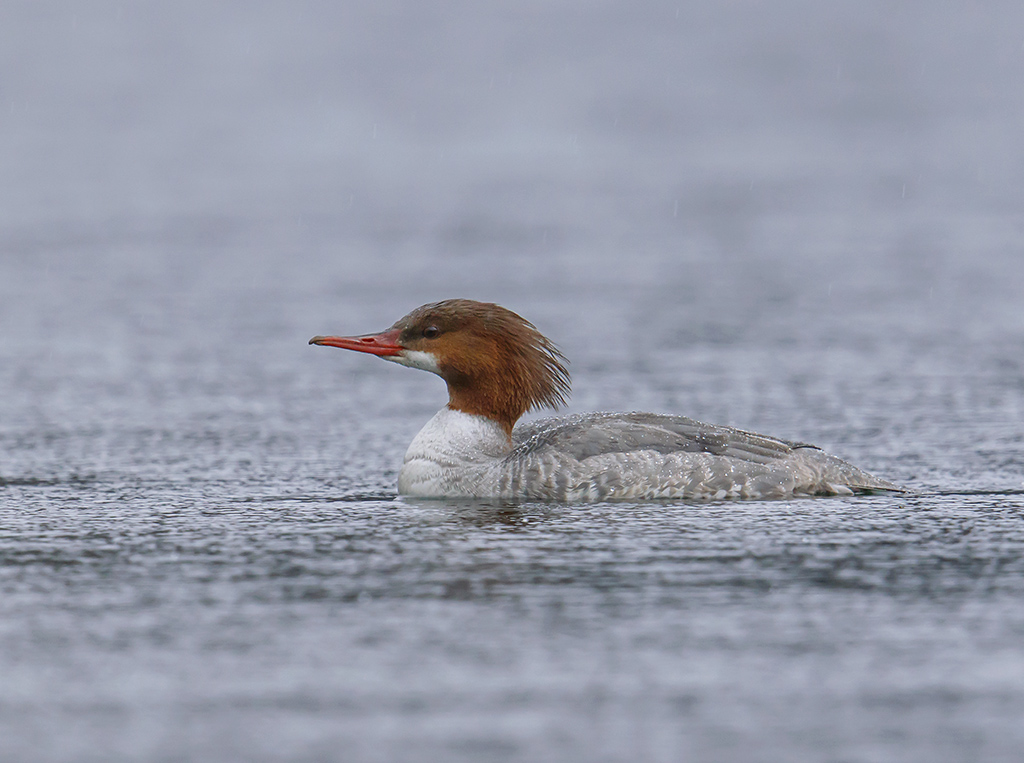
Common Merganser by Gary Woods
was documented as a rare breeder in our area mountains only within the past decade, so three broods at a single location, Florence Lake, July 26 (ph. BM) was remarkable and might indicate this species is becoming more common at this season. Continuing the theme of high mountain avifauna, eight White-tailed Ptarmigan
were photographed at Jumble Lake, at 11,500 feet elevation, on July 26 (ph. TR). This species is well established in this part of the Sierra, and there is nothing especially notable about this record. It is included here only to remind readers of the presence of this introduced species in the most remote reaches of our area.
Back on the valley floor, late July marked the start of the southward shorebird migration. Rare migrants stopping at the Fresno Wastewater Treatment Plant included a Marbled Godwit

Marbled Godwit by Gary Woods
August 4 (ph. GW), single Baird’s Sandpiper

Baird’s Sandpiper by Gary Woods
July 31 (ph. GW) and August 13 (RC, GW, ph. DH), single Semipalmated Sandpiper

Semipalmated Sandpiper by Gary Woods
August 4 (GW) and August 10 (ph. RS), and a Willet

Willet by Gary Woods
August 10 (ph. GW), August 11 (ph. DH), and August 15 (ph. JM).
Although no rare migrant shorebirds were documented at the Madera Wastewater Treatment Plant during the period, a rare migrant landbird, a Bank Swallow,

Bank Swallow by Gary Woods
was observed there August 15 (GW). Speaking of rare swallows, Purple Martin,
which goes unrecorded most years, made a good showing in Fresno County this season. Two were east of Squaw Valley April 14 (RC), two others were at Seminole Pond in Burrough Valley May 9 (NE), and one was at Pine Flat Reservoir May 24 (ph. CH).
First documented breeding in our area in 2018, Black-throated Sparrow

Black-throated Sparrow by Gary Woods
bred again this year in the same stretch of chaparral near Junction View Vista Point along Highway 180 in Giant Sequoia National Monument, with two adults observed there June 17 (ph. RS) and June 20 (ph. JS), one adult observed there July 11 (RC), and one juvenile documented there July 23 (NB). Rose-breasted Grosbeak

Rose-breasted Grosbeak by Gary Woods
used to be a scarce and irregular visitor to our area, occurring about once every 5 years or so. However, an adult male at a feeder in northwest Fresno May 30 (SO) marked the fourth consecutive year this species has been detected in Fresno County.
Cited Observers: Natalie Bozzi, Rachel Clark, Nelson Ernst, Carolyn Harris, Diane Highbaugh, Bruce Mast, Josh McLoughlin, Sandi Osborne, Todd Ramsden, Rick Saxton, Jeff Seay, Susan Stanton, Gary Woods. WTP = Wastewater Treatment plant, ph. = photographed by.
If you make an interesting observation, we’d love to hear about it. We are especially interested in birds listed as casual or rare on the Fresno Audubon checklist and those found out of season, out of normal habitat, or in unusually large numbers. Please submit reports to Jeff Davis (559-246-3272, jndavis@ucsc.edu), the Fresno County Birders e-mail list, or eBird.
Birds in the News
Links to Recent Articles on Birds
Bird deaths down 70 percent after painting wind turbine blades
Something as simple as black paint could be the key to reducing the number of birds that are killed each year by wind turbines. According to a study conducted at a wind farm on the Norwegian archipelago of Smøla, changing the color of a single blade on a turbine from white to black resulted in a 70-percent drop in the number of bird deaths. Read more…
A Dozing Owl and Tussling Hummingbirds Top the 2020 Bird Photographer of the Year Competition
The winning shots from the renowned Bird Photographer of the Year contest capture the mundane moments and extraordinary adventures of our avian neighbors. From a sleepy owl camouflaged by tree bark to a lurching great crested grebe, the stunning birds shown here were chosen out of more than 15,000 entries from photographers around the globe. Read more…
Starlings treated with low doses of FENTANYL to induce pleasure produce ‘gregarious’ song that ‘sounds like free-form jazz’
Birds given low doses of the pain killer Fentanyl produce ‘gregarious’ song that ‘sounds like free-form jazz’, a study shows. Researchers from the University of Wisconsin, Madison, theorised that when birds sing, opioids are produced in their brains that give them pleasure. To prove their theory they gave starlings a doze of Fentanyl – an opioid used as a pain killer and a recreational drug – and then listened to their song. Read more…
Songbirds sing so loudly at dawn because they’re warming up, study finds
Researchers have found that when song sparrows chirp loudly outside your window in the wee hours of the morning, they’re really just practicing. And like the best crooners, they sing better after they’ve had a chance to loosen their voice. Read more…
‘Brazen’ bald eagle attack sends government drone to watery grave
Since the dawn of drones, a quiet war has been raging, and drones are losing. A Michigan bald eagle didn’t take kindly to the Michigan Department of Environment, Great Lakes, and Energy (EGLE, appropriately) operating a drone in its territory last month. Read more…
Victory! Federal Judge Rules Administration’s Bird-Killing Policy is Illegal
“Like the clear crisp notes of the Wood Thrush, today’s court decision cuts through all the noise and confusion to unequivocally uphold the most effective bird conservation law on the books–the Migratory Bird Treaty Act,” said Sarah Greenberger, Interim Chief Conservation Officer for the National Audubon Society. “This is a huge victory for birds and it comes at a critical time – science tells us that we’ve lost 3 billion birds in less than a human lifetime and that two-thirds of North American birds are at risk of extinction due to climate change.” Read more…
Why Do Solar Farms Kill Birds? Call in the AI Bird Watcher
AMERICA’S SOLAR FARMS have a bird problem. Utility companies have been finding bird carcasses littering the ground at their facilities for years, a strange and unexpected consequence of the national solar boom. No one was quite sure why this was happening, but it was clearly a problem for a type of energy that was billed as being environmentally friendly. So in 2013, a group of utilities, academics, and environmental organizations came together to form the Avian Solar Working Group to develop strategies to mitigate avian deaths at solar facilities around the US. Read more…
Satellite images taken from space reveal 11 new penguin colonies
A study using satellite mapping technology has revealed 11 new colonies of emperor penguins living in Antarctica. The “exciting discovery” means the known population of the birds has swelled by around 5-10 per cent to more than half a million, researchers said. Read more…
Member Photographs
Fresno Audubon members have been submitting some really terrific photographs to this column. If you would like to add yours to the mix, please send your photo in jpeg format to rsnow@fresnoaudubon.org with a brief description, where the photo was taken and how you want the photo credit to read. Birds may be from anywhere. Limited space may restrict publication to a later issue. We will also showcase your photos on our social media.
Clayton Dahlen

Green Heron by Clayton Dahlen, Quail Lake
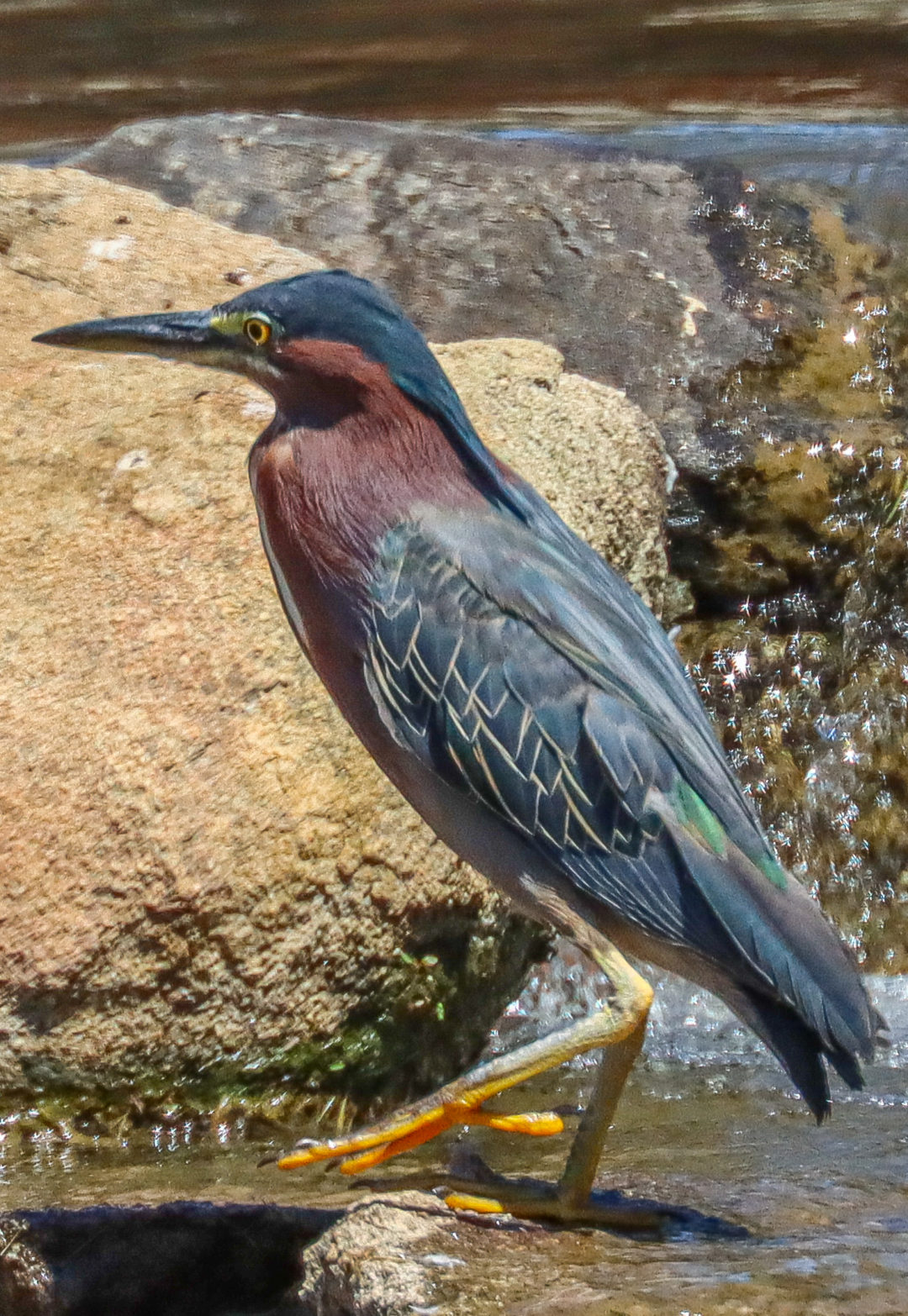
Green Heron by Clayton Dahlen, Quail Lake
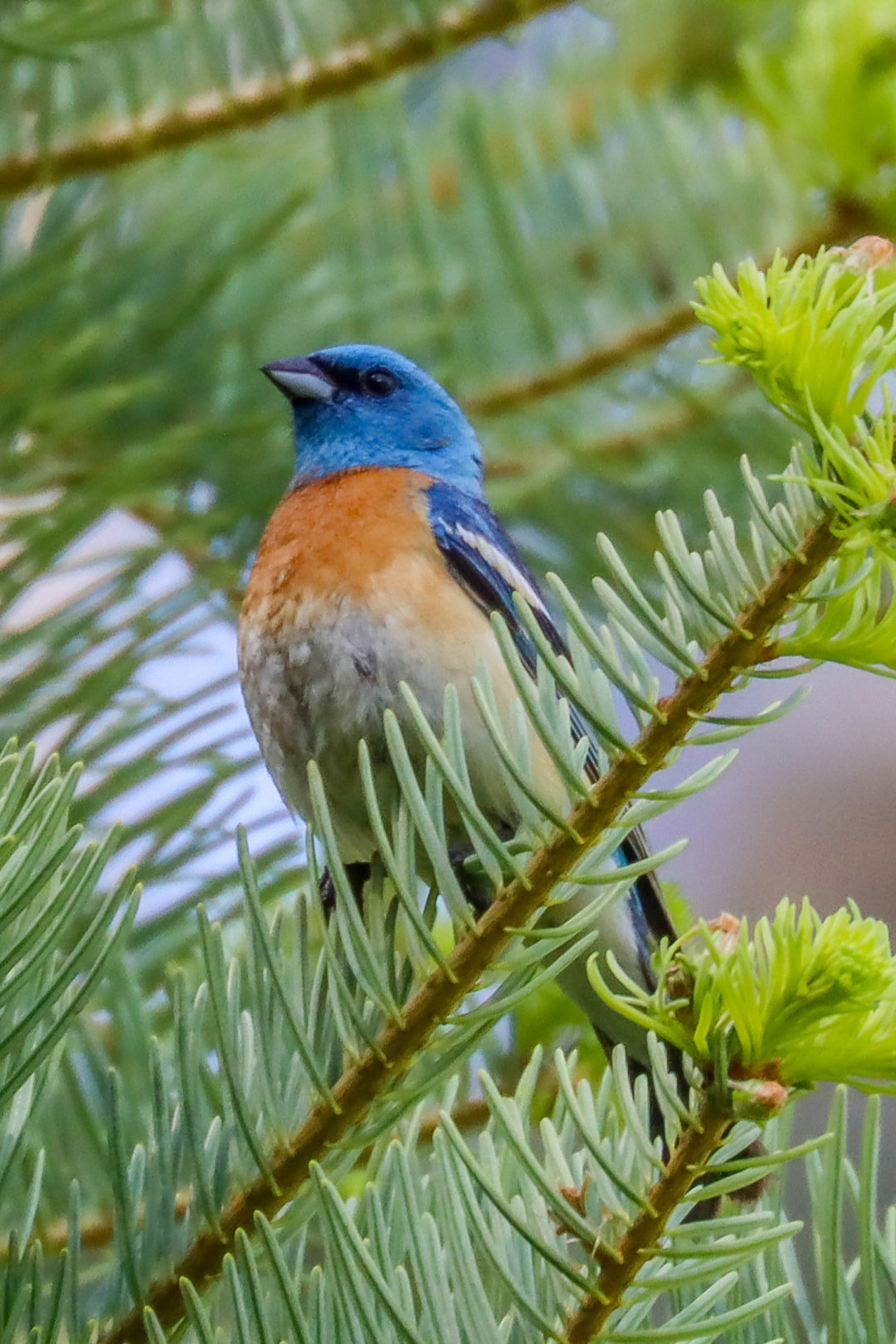
Lazuli Bunting by Clayton Dahlen, Shaver Lake
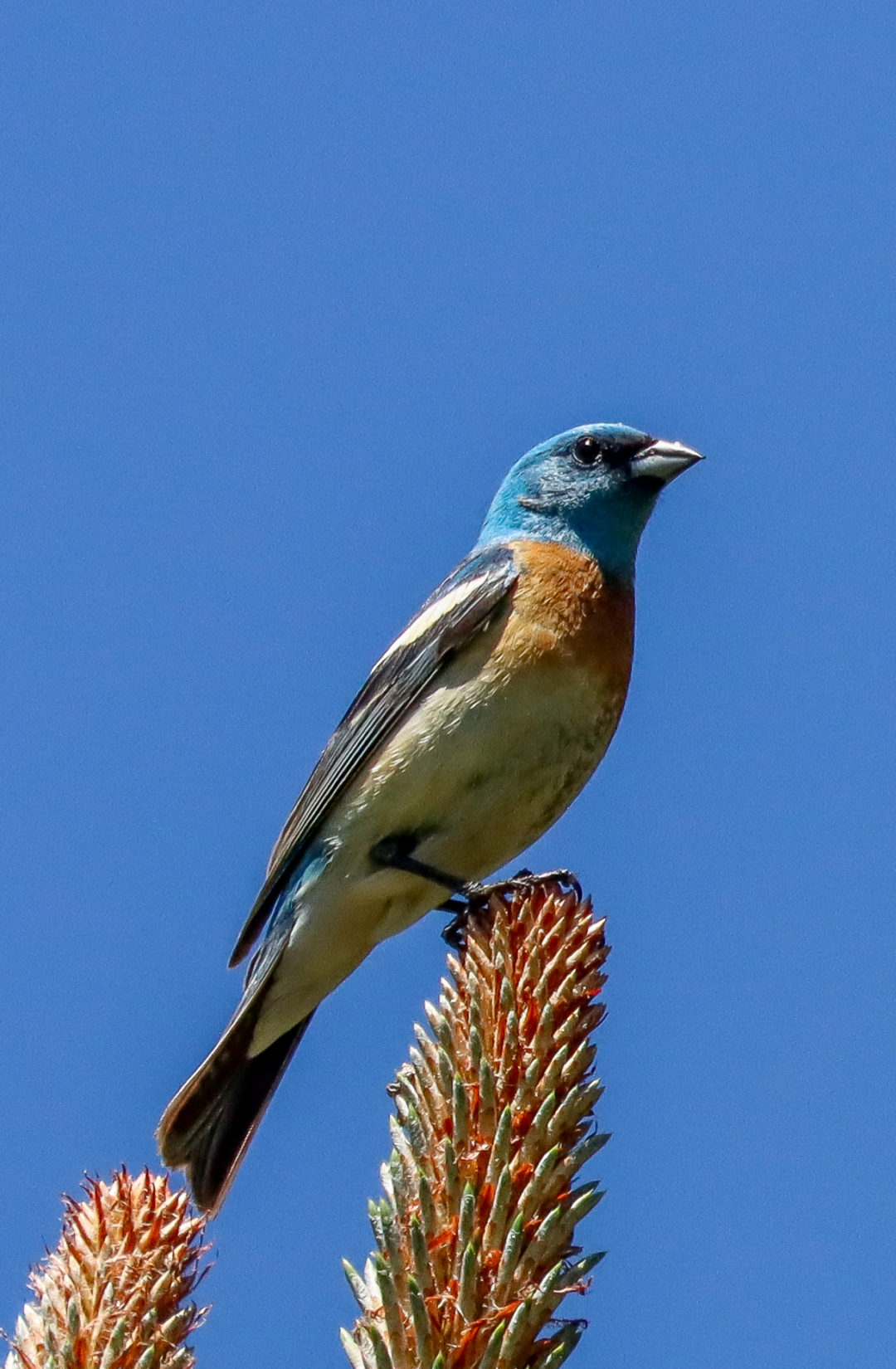
Lazuli Bunting by Clayton Dahlen, Shaver Lake
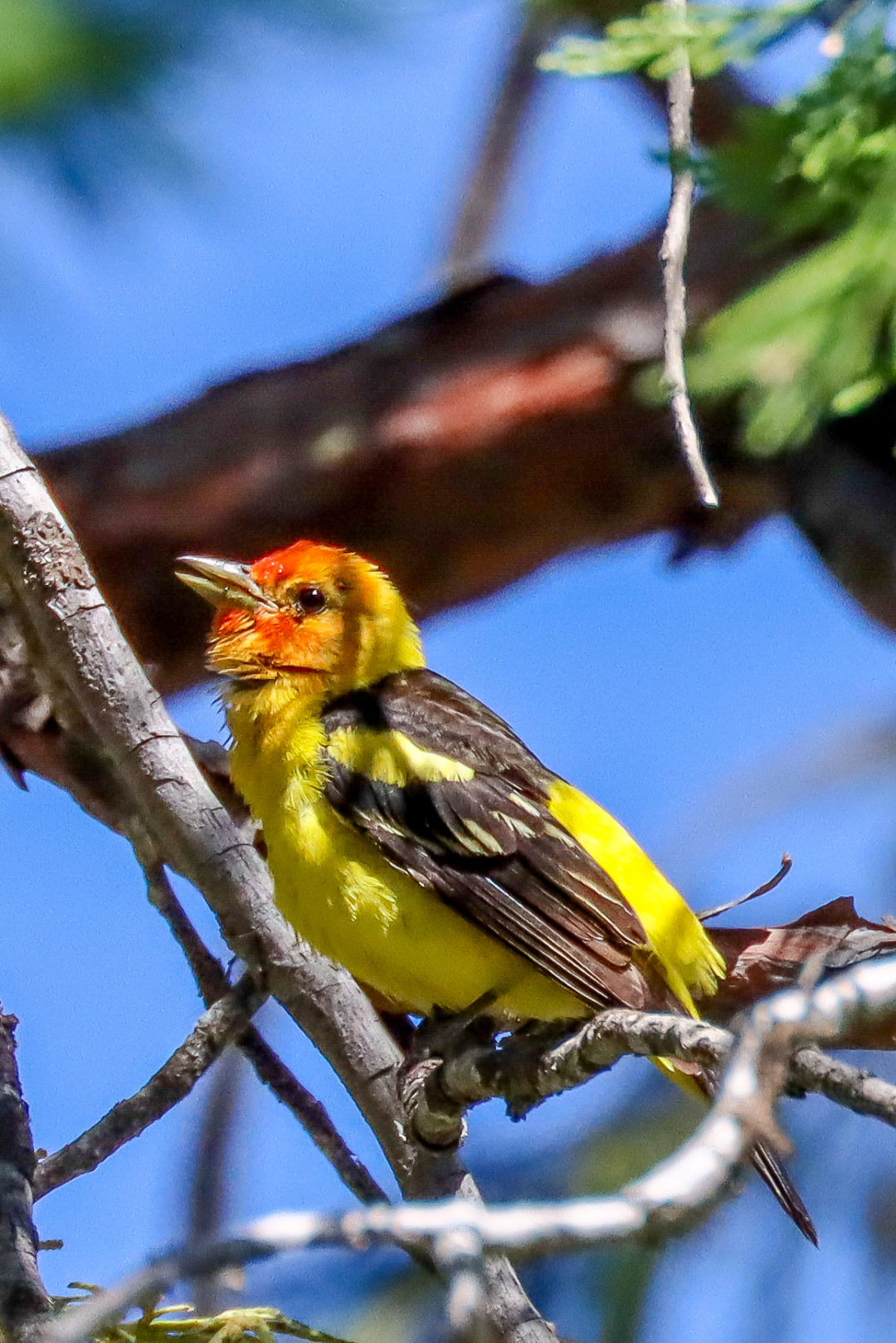
Western Tanager by Clayton Dahlen, Shaver Lake
Sandra McMillan-Cato

Bald Eagle by Sandra MacMillan-Cato, Millerton Lake, August 2020

Bald Eagle by Sandra MacMillan-Cato, Millerton Lake, August 2020
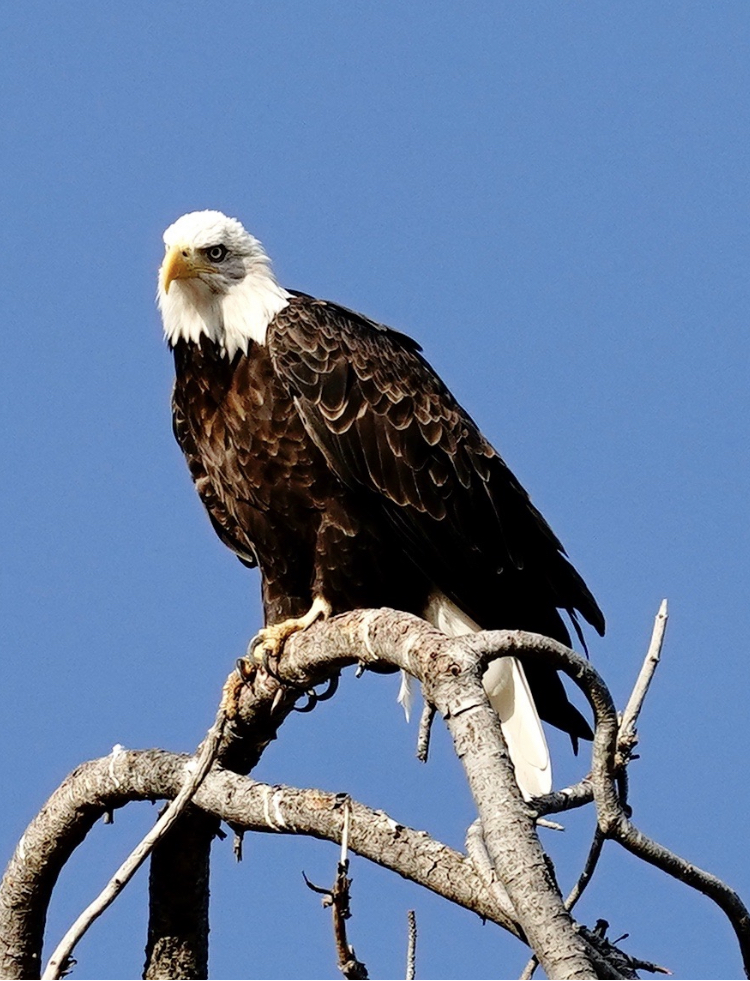
Bald Eagle by Sandra MacMillan-Cato, Millerton Lake, August 2020
Peter Nagayama

Spotted Towhee by Peter Nagayama. Swanson Meadow, Shaver Lake.
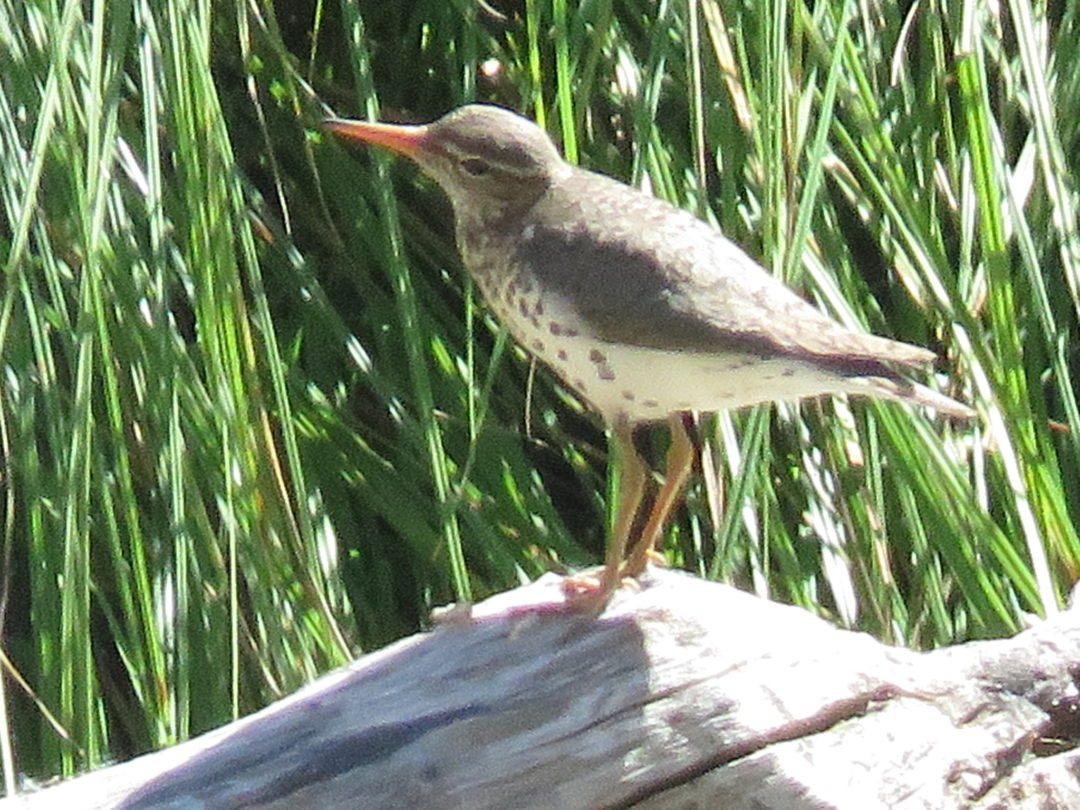
Spotted Sandpiper by Peter Nagayama. Sentinel Beach, Yosemite.

California Thrasher by Peter Nagayama. Morro Bay State Park Marina/Boardwalk Trail.
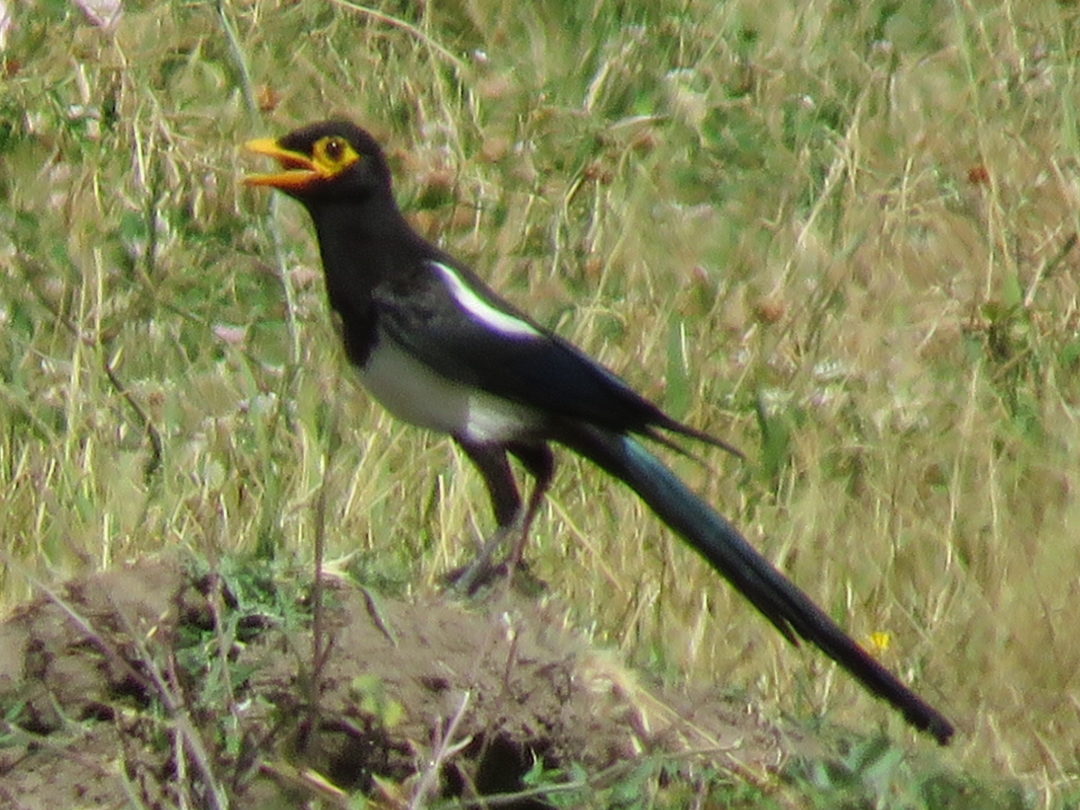
Yellowbilled Magpie by Peter Nagayama. Gurr Road, Merced.
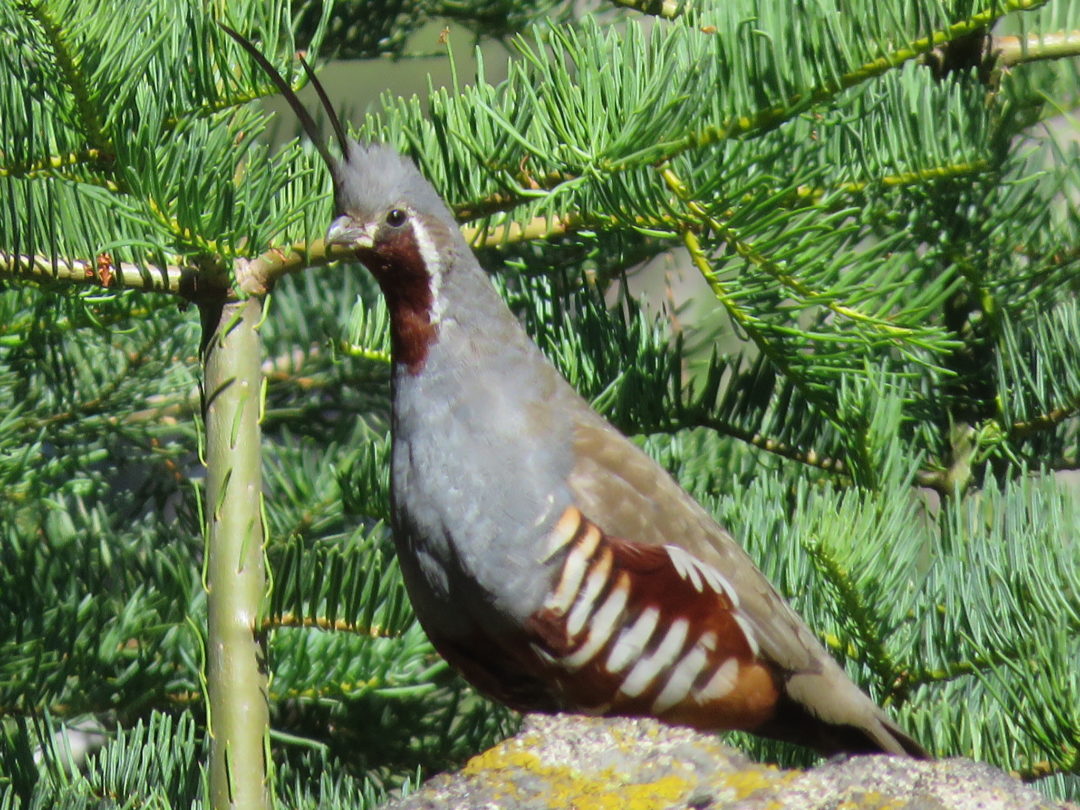
Mountain Quail by Peter Nagayama. Swanson Meadow, Shaver Lake.

Black-headed Grosbeak by Peter Nagayama. Sentinel Beach, Yosemite.

Western Tanager, male, by Peter Nagayama. Sentinel Beach, Yosemite.
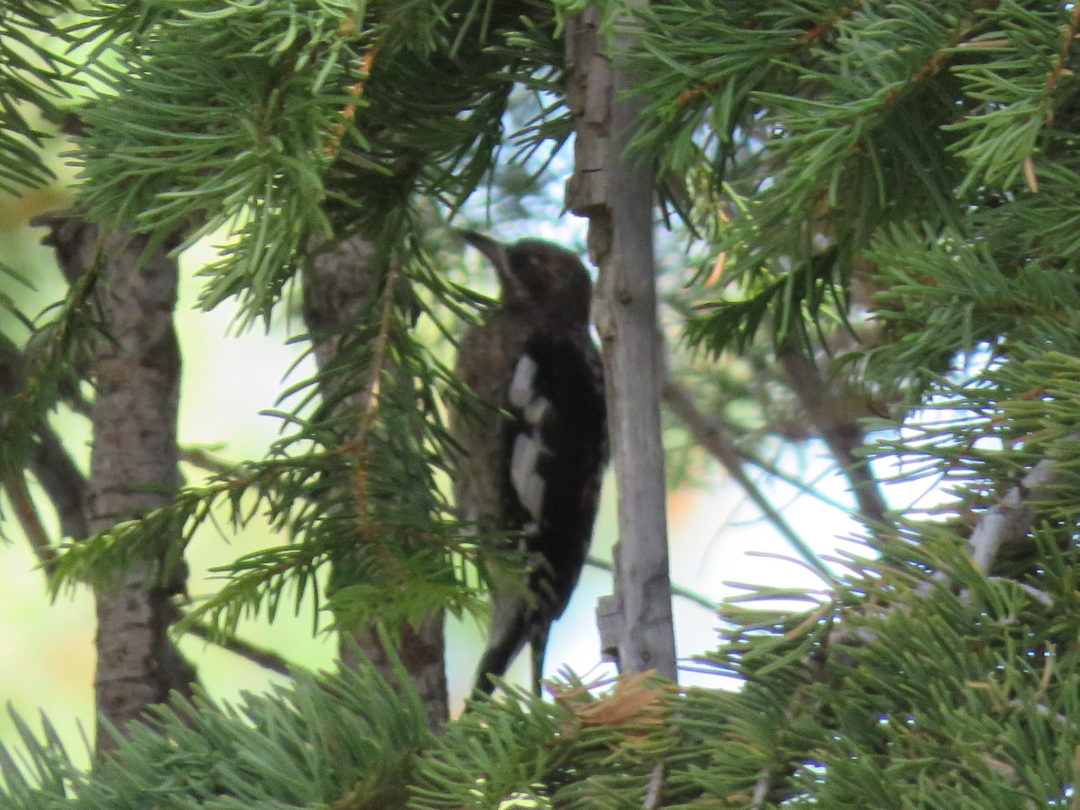
Williamson’s Sapsucker by Peter Nagayama. Balsam Forebay, Shaver Lake.
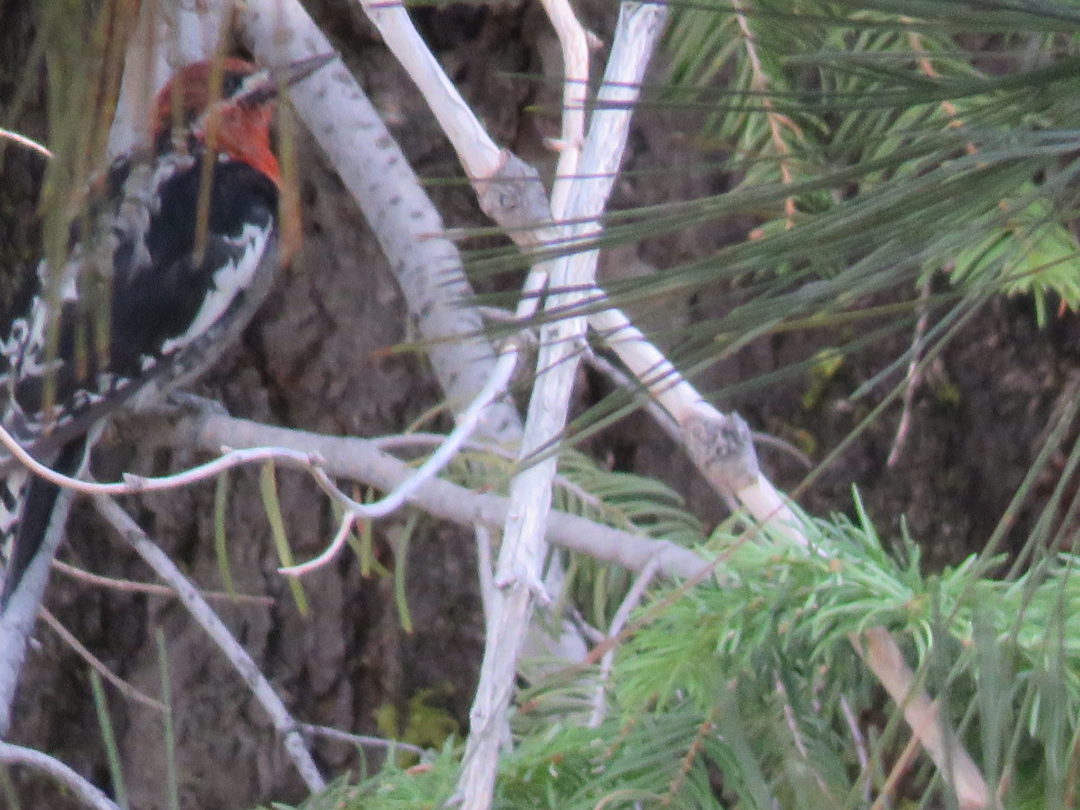
Red-breasted Sapsucker by Peter Nagayama. Balsam Forebay, Shaver Lake.
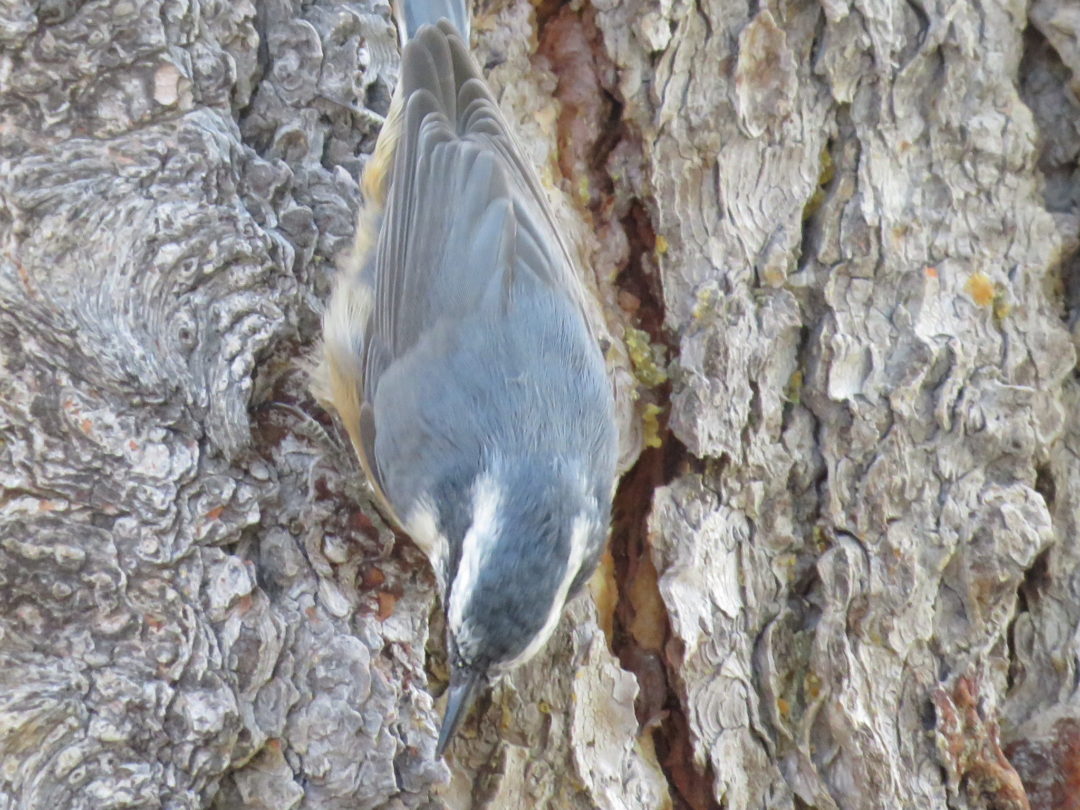
Red breasted Nuthatch by Peter Nagayama. Balsam Forebay, Shaver Lake.






Sorry, the comment form is closed at this time.